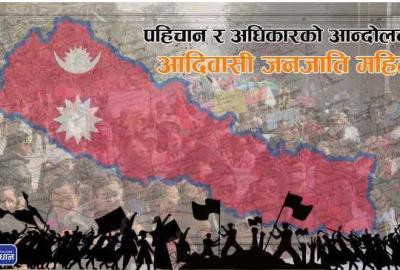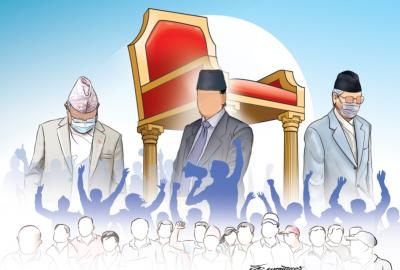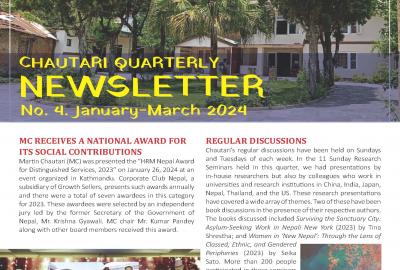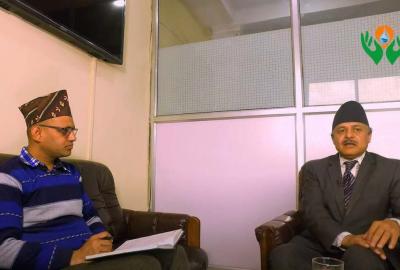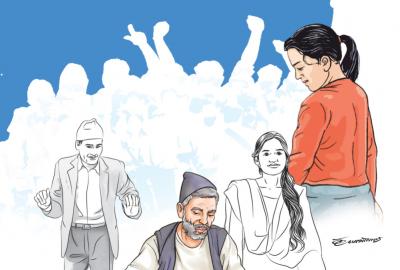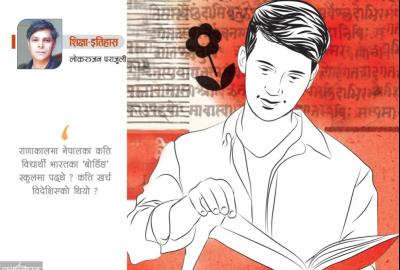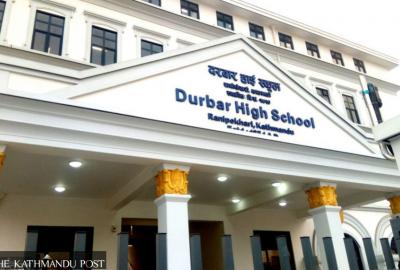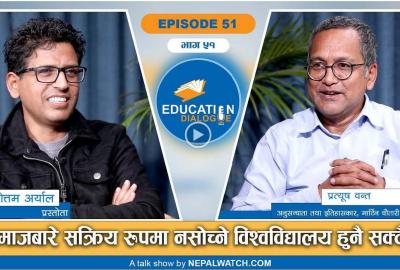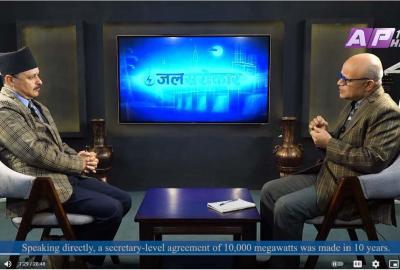Most research libraries run by governmental entities, universities and NGOs are still concentrated in Kathmandu.

In several of my previous columns over the last five months, I have argued for a pluralistic higher education and research landscape in Nepal. One major constituting presence in such a landscape should be research libraries in different parts of the country. This column is devoted to this phenomenon.
In the early decades of the 20th century, there were only a few libraries in Kathmandu that could be described as research libraries. One of them, Bir Library, was owned and operated by the Rana government, but two were privately owned by Hemraj Sharma (1878-1953) and Kaiser Shamsher JB Rana (1892-1964). Foreign researchers who visited Nepal during the 1920s visited these libraries, mostly to consult unpublished handwritten manuscripts. Such visitors included the famous French scholar Sylvain Levy who made two trips—his second and third—to Nepal during the 1920s. Nepali researchers who had come of age by the end years of the Rana era (including Nayaraj Pant) accused Hemraj and Kaiser Shamsher of not opening their enormous libraries to them while welcoming foreign scholars.
Post-Rana era
After his death in 1953, Hemraj’s collection was sold to the Nepal government by his family. That collection was added to the collection of the library of the government, latterly known as the National Library. Some years after the death of Kaiser Shamsher, his entire library and the building in which it was located was donated to the Nepal government by his family. Their collections are still consulted by researchers.
After the end of the Rana regime in 1951, research became a call for a small number of Nepalis, both inside and outside the university system. Over the course of the next four decades, various research libraries were established as part of the university system. Tribhuvan University Central Library and the library of the Centre for Nepal and Asian Studies were particularly important for those pursing research in the disciplines of the social sciences and the humanities. Within the TU system, libraries were also set up in its constituent campuses located in different parts of the country. However, even those in relatively large colleges such as Prithvi Narayan Campus in Pokhara were mostly set up to feed textbooks to students and faculty. Hence, they continue to do a poor job of collecting even the leading journals published from Kathmandu.
In the immediate post-Rana period, the research collective Samsodhan Mandal led by Pant as guru began building its own collection of works for research purposes (it had also inherited the collection of Pant’s elder relatives). Some research centres (for example, the Human Resources Development Research Centre operated by members of the Nepal Jesuit Society) built functional libraries that were not really accessible to members of the general public.
Post-Panchayat era
After the end of the Panchayat regime in 1990, a few non-governmental research libraries were set up in Kathmandu. The two notable ones are those owned and operated by the Social Science Baha and Martin Chautari (MC). The Baha library was set up as a general social science library. The MC library was initially set up in 2006 as a media research documentation centre. Its early development policy was mostly focused on collecting all kinds of reference works and print media products useful to researchers doing work on media studies. Over the last decade, it has grown to become a useful library for researchers doing work on many different themes including education, contemporary history, feminist analysis, Nepal studies and much more. Similarly, some of the new universities have also built up research libraries to cater to the needs of their students and faculty members.
As can be gathered from the above discussion, most of the research libraries run by governmental entities, universities and non-governmental organisations are still concentrated in Kathmandu Valley. This fact does not tally with our desire to realise a pluralistic research landscape. What might be done then? Let us only focus on four aspects.
Governance: Given the federal structure, provincial and local governments might begin by identifying some existing libraries whose collection could be augmented over the course of the coming years to serve research functions. Here, the first question should not be who owns these libraries. Instead it should be: Are the current owners amenable to a re-designed management model in which a multi-constituency board would oversee the operation of the augmented library in concern? If current owners are not amenable to such re-designs, then these two tiers of governments should make public calls for proposals from coalitions of universities, colleges and non-governmental organisations to set up new research libraries in specific areas.
Funds: Research libraries should be a basic tenet of public life. Capital investment and operating funds of such libraries can be justified by the public services they offer to specialist researchers and general members of the public with various research needs. Hence, their financial needs should be met by funds channelled through the budgets of the provincial and local governments over the medium and long-term periods. In other words, such commitment and support should not be contingent upon the whims of elected politicians in a particular election cycle. Needed funds might also be partially raised from private sector operators with a strong presence in the locality. We must learn how research universities in the United States, for instance, erect library buildings (or their specific wings) with donations from wealthy individuals. Operating funds could also be raised as small donations from members of the public and non-governmental entities.
Collection orientation: To function as research libraries, such entities will have to cover the basic functions expected of such libraries. Hence, they will have to hold basic reference works across the broad disciplines in the social sciences and humanities and also subscribe to a set of digital reference sources which are increasingly accessible against the payment of certain fees. But each research library could also build its own character in the form of specific focus or two. For instance, a research library located in central west Nepal could focus on building a strong collection related to the region's long history of migration and its remittance economy. Such a collection will have to be very good in terms of works on Gurkha history but also books on the more recent phenomenon of long-distance labour migration to different parts of the world. Its collection will also have to be strong on the folklore of the area, especially as it relates to migration. Such a library could also be the home for an oral history and visual archive on long-distance labour.
Collection development and management: Such libraries will, of course, need professional librarians to develop and manage their collections. However, volunteer groups of researches and members of the general public should also be involved. Researchers can help to identify books to be bought. Travelling members of the public can be asked to bring books from outside of Nepal (this strategy has worked well for the MC library). Others can be asked to volunteer their time to help in the daily operation of the library.
Possibilities galore. And realising them, to me, is the real stuff of a loktantra.
But is anyone listening?
Published at : June 8, 2023
Source: https://kathmandupost.com/columns/2023/06/08/supporting-research-libraries
